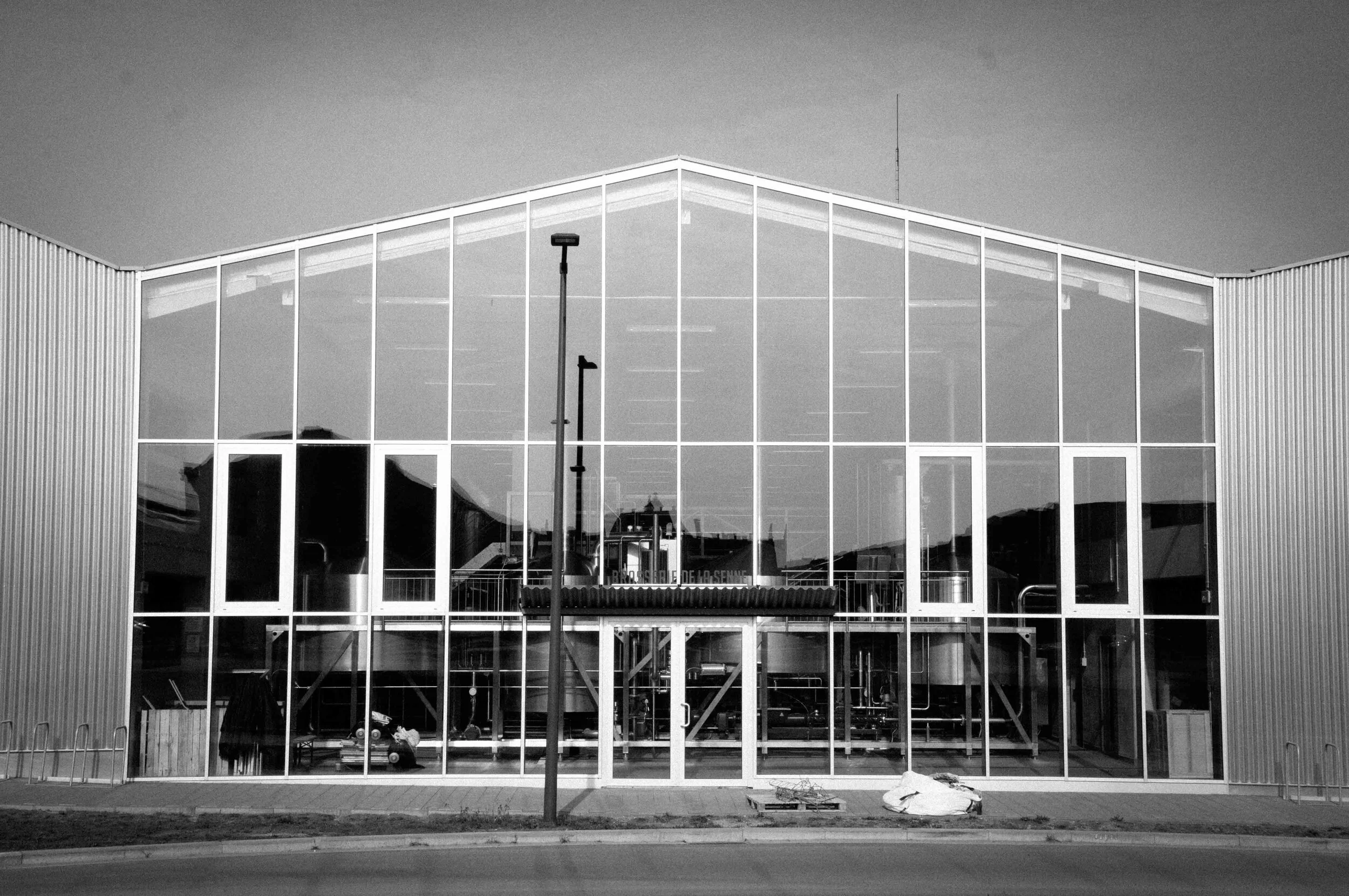A History of Brussels Beer in 50 Objects // #20 Hotel Continental Stein
Find out more about Brussels Beer City’s new weekly series, “A History Of Brussels Beer In 50 Objects” here.
Object #20 - Hotel Continental Stein
19th century
Pub Life
Brussels in 1895 was very different to the city overrun by revolutionary French troops a century earlier. The French were eventually kicked out, as were the Dutch royals that followed. Brussels became the capital of a new, independent Belgium, and by the late-19th century, it showed. Broad Haussmanian boulevards replaced the Zenne in the centre of the city, its economic importance having long since been usurped by the Brussels-Charleroi canal. Linking Brussels to Wallonian coal country, the canal helped turbocharge Brussels’ industrialisation, spawning a petit Manchester and an affluent middle class. This was a bourgeoisie scornful of traditional Brussels estaminets. Instead, they wanted a place to show off their new-found prosperity. Somewhere like the Parisian café.
Brussels was a café latecomer, its first - the Milles Colonnes - opened in 1825. 60 years later however, as an article in Le Globe Illustré magazine declaimed, clamour for a new drinking experience was undeniable: “The old places no longer suffice. We want bigger establishments, we are not satisfied any more with Faro and Lambic, we demand hops.” A place where Bruxellois were served by a tuxedoed waiter in gaslit rooms stuffed with doric columns, ornate woodwork, palm fronds and ferns. Where the walls were decorated with mirrors, and large windows provided a view onto the streets outside. Where a man could drink from his stein while his female companion nursed a glass of Amontillado. Where French literary exiles nursed their grudges and Belgian politicians staged pitched battles over doctrinal minutiae. Where an evening might start with a game of chess at the Milles Colonnes, before billiards and checkers at Café des Trois Suisses.
The names of these new cafés revealed their cosmopolitan ambitions. The Grande Taverne Anglaise. Café de l’Europe. L’Hôtel-Café Continental. Built in 1874 on a wedge of land where the new central boulevards bifurcated, the Continental’s awning-covered terrace looked out onto a new city square. Home for a time to a wax museum, like many cafés it hosted a lively assortment of clubs and societies, hosting meetings of the Véloce club Bruxellois, an artists’ circle, and the rowdy gatherings of Belgium’s liberal party. The Continental was eventually joined on the square, christened Place De Brouckère in 1893, by a rival café run by an ambitious brewing family. Hounded out of central Brussels by the public works to bury the Zenne river in the 1870s, the Wielemans soon returned as café landlords. Their crowning achievement was the Café Metropole, opened in 1890 and expanded in 1894 to the Hôtel Metropole - the grandest of Brussels’ grands boulevards hotels.
A catastrophic fire in 1901 gutted the Continental. But rebuilt in 1910, it helped make Place De Brouckère the epicentre of fin de siècle Brussels nightlife. Folklorist Louis Quiévreux called the square’s cacophonous attractions - cafés, cinemas, theatres - “Timesquaresque”. Jacques Brel immortalised it in his song Bruxelles as a place where men in collapsible top hats and women in crinoline watched the omnibus pass by through the windows of a café, and a time when Brussels “bruxelait”.













